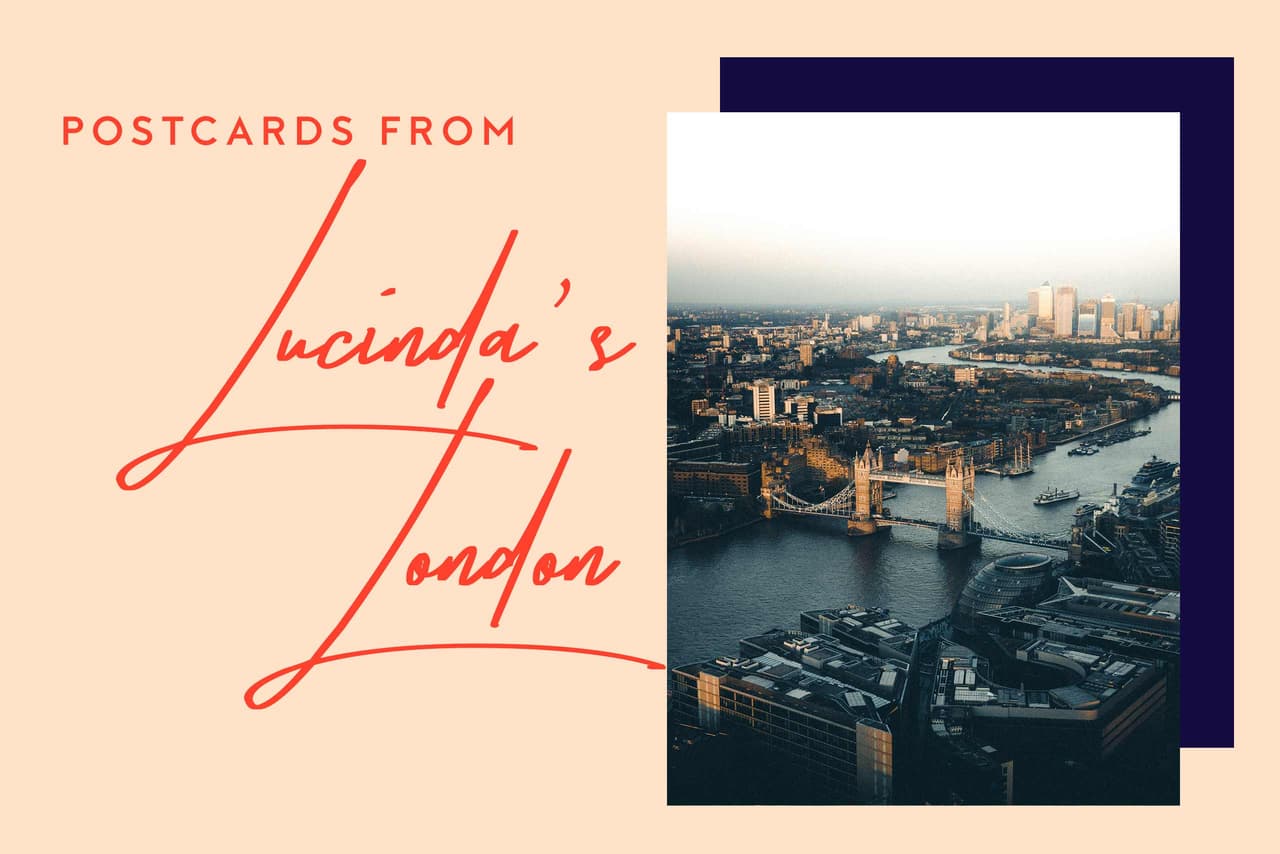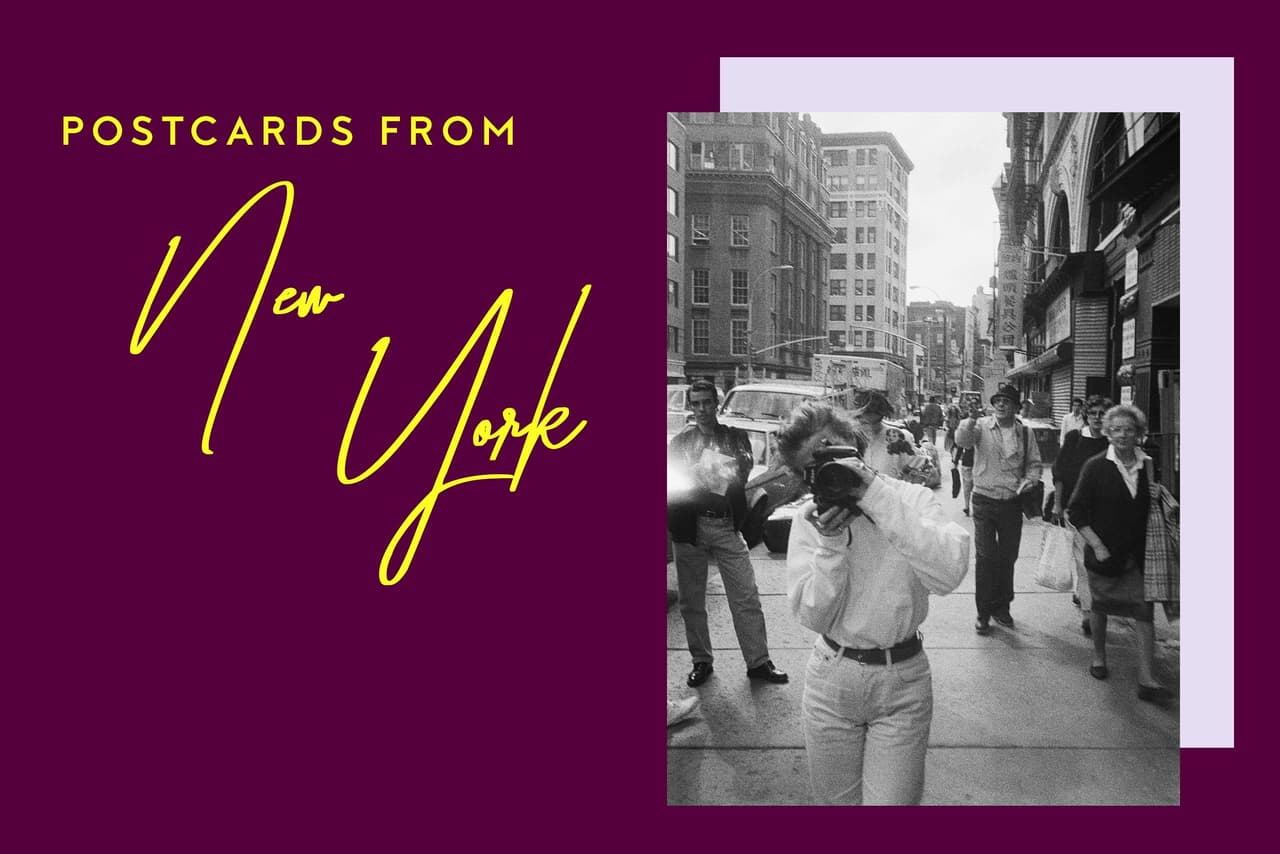Travel
Sicilian Splendour
Swerving tourist traps to seek out hidden history, unique culture and local cuisine, travel writer Rosalyn Wikeley is renowned for sharing an insider’s guide to the globe. Here she reveals her passion for Sicily’s Baroque cities and beautiful palazzos.
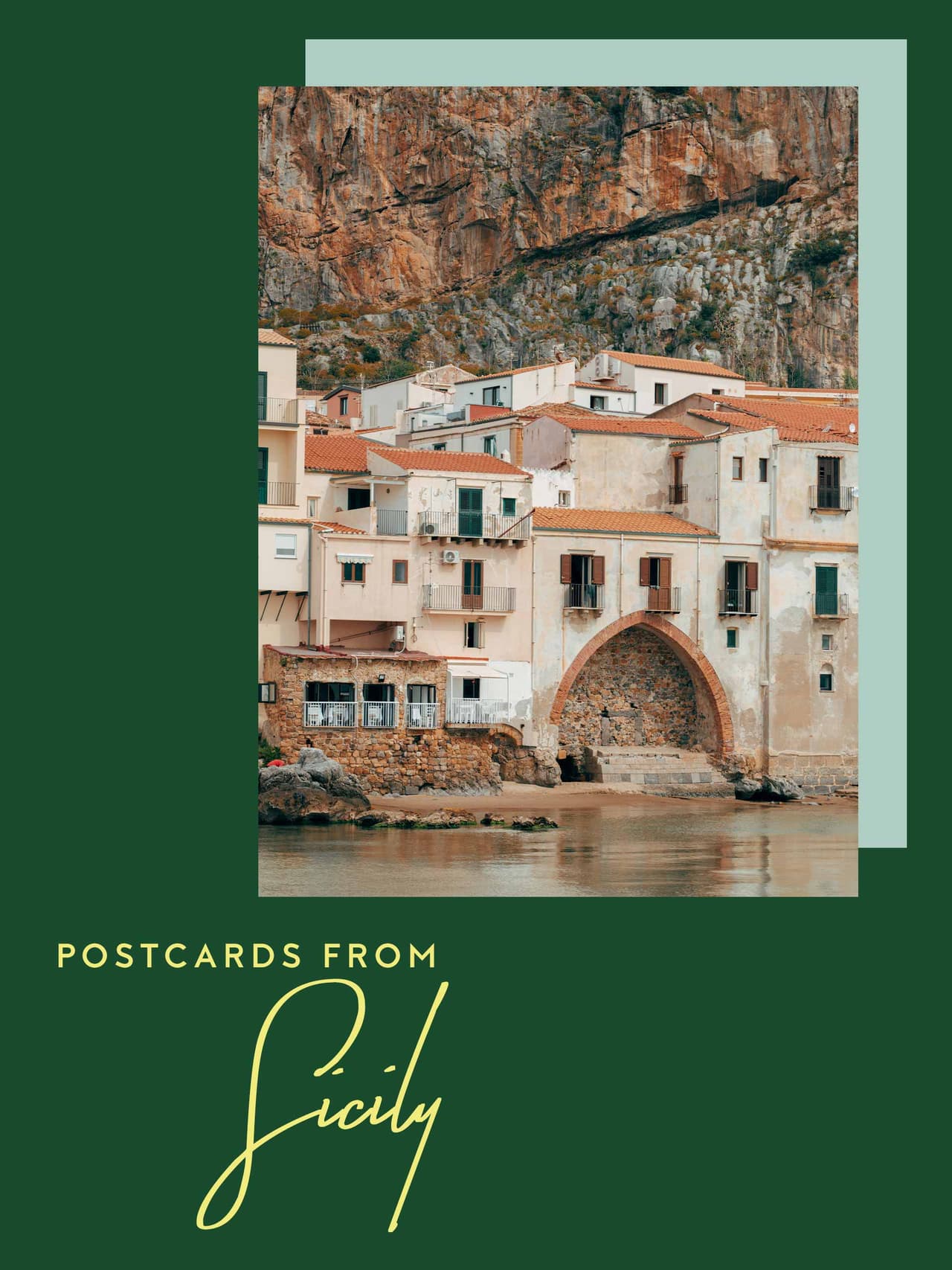
A Note From Rosalyn Wikeley
Sicily’s south-eastern Baroque towns of offer a feast of dramatic architecture, ancient festivals and historic detail (the island was conquered by numerous invaders and their influences endure). At its peak, the opulence is staggering, thrusting visitors back to Sicily’s aristocratic age. The area attracts an artistic bunch and the culture feels distinctly Sicilian. Newcomers must slip into local rhythms, while hoteliers are obliged to gently renovate palazzi or cave houses in step with this UNESCO World Heritage site’s protected aesthetic. From the coolest new hotels to the best gelato spots and artisanal stores and galleries, this is my insider’s guide…
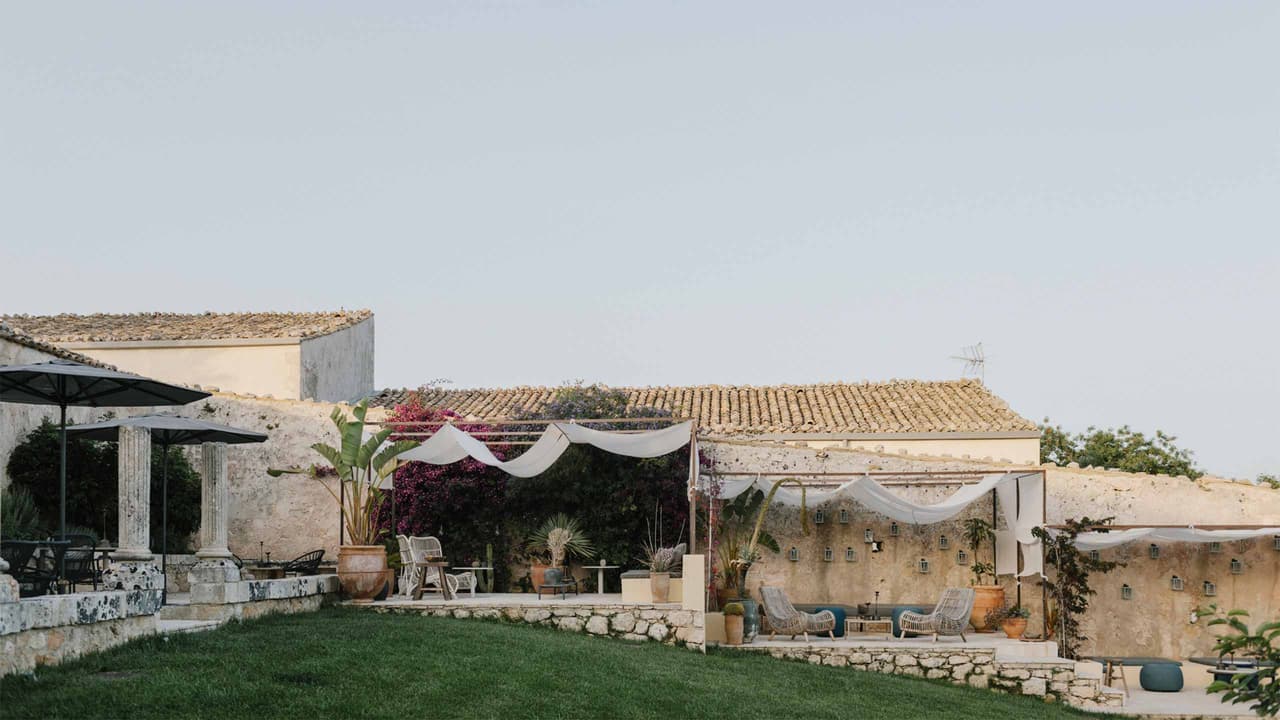
Noto
“You gotta go to Noto” implored a privileged, blissfully anaesthetised Daphne in The White Lotus’ Sicilian series. She was right. Expect grand limestone palazzi, an imposing cathedral and a main artery, Corso Vittorio Emmanuele, lined with tourist trinket shops, cafes and pizza restaurants. Of these, it’s worth bagging a table at Caffé Sicilia, a historic drinking hole famous for its almond granita and cannoli. Once stuffed with ricotta and brioche, veer off the main drag and wander streets housing smaller galleries, lace shops and jewellery boutiques. Head to Gagliardi hotel, whose vibey public spaces are scattered with works by emerging artists, or, if you book in advance, organise a tour of artist Sergio Fiorentino’s beguiling studio, then drop into Archivio, the heavenly gallery and boutique in the Palazzo Rau della Ferla co-owned by Sergio’s partner, Rosita Gia. It’s all desperately cool and offers a glimpse into the creative Sicilian circles reinvigorating Noto. Sergio recommends dinner at Norma, which serves a mouthwatering blend of Sicilian classics and Northern Italian dishes, and Manna beneath Palazzo Nicolaci, whose courtyard is beautiful in the glow of candlelight. Not far from the city, perched on a ridge overlooking the Val di Noto, Dimora Delle Balze offers an exhale, with its linen-draped rooms, old masseria walls and peaceful courtyards dotted with antique day beds.
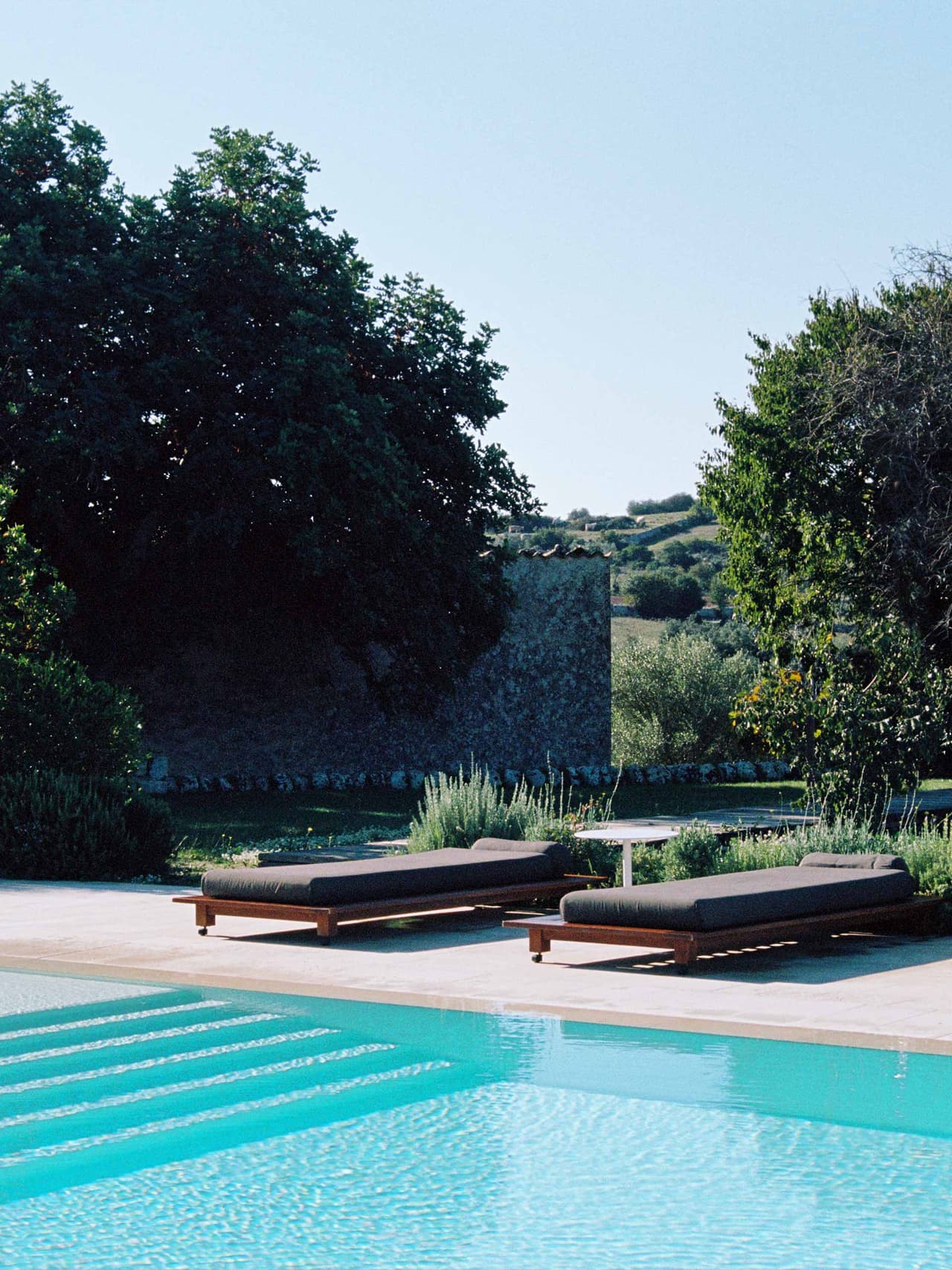
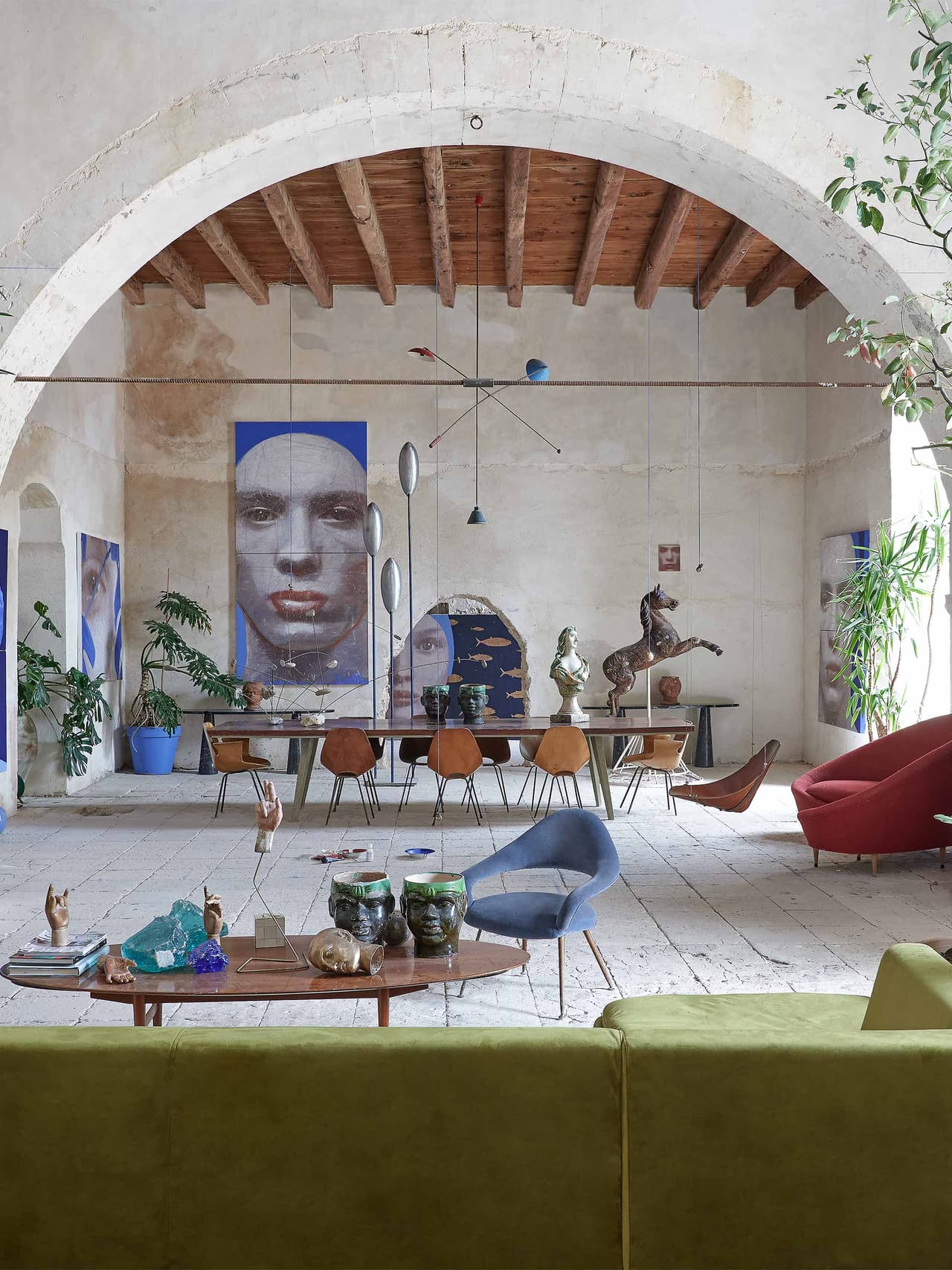
Ragusa Ibla
Set up in the Hyblean hills, Ragusa Ibla has a different flavour to the classic Baroques – more Brothers Grimm, with its pastel-painted palazzi, carpenters’ workshops and, away from the noble squares, little houses whose bowels sit in the caves. It’s a town that can lure in all ages with its heavenly gelato, puppet shows and snaking Medieval streets. Duomo and Don Serafino are the swishy dining spots set in uplit caves. I Banchi, beneath Palazzo Diquattro, is where to head for gourmande pastries and haute groceries, as well as a long lunch. And while it’s worth walking off any morning excess on the 300 steps leading to Chiesa delle Scale, if you only have a day here, don’t skip a visit to Rosso Cinabro. Carved into the caves, this bottega is where the waistcoat-wearing duo Damiano Rotella and Biagio Castilletti proudly present their craft. They carve, chip and paint using traditional methods, most famously crafting Sicilian carts (notably commissioned by Dolce & Gabbana). Stay at a.d. 1766 Boutique Hotel for its traditional Sicilian breakfasts and the angular modern furniture choreographed beneath its frescoes.
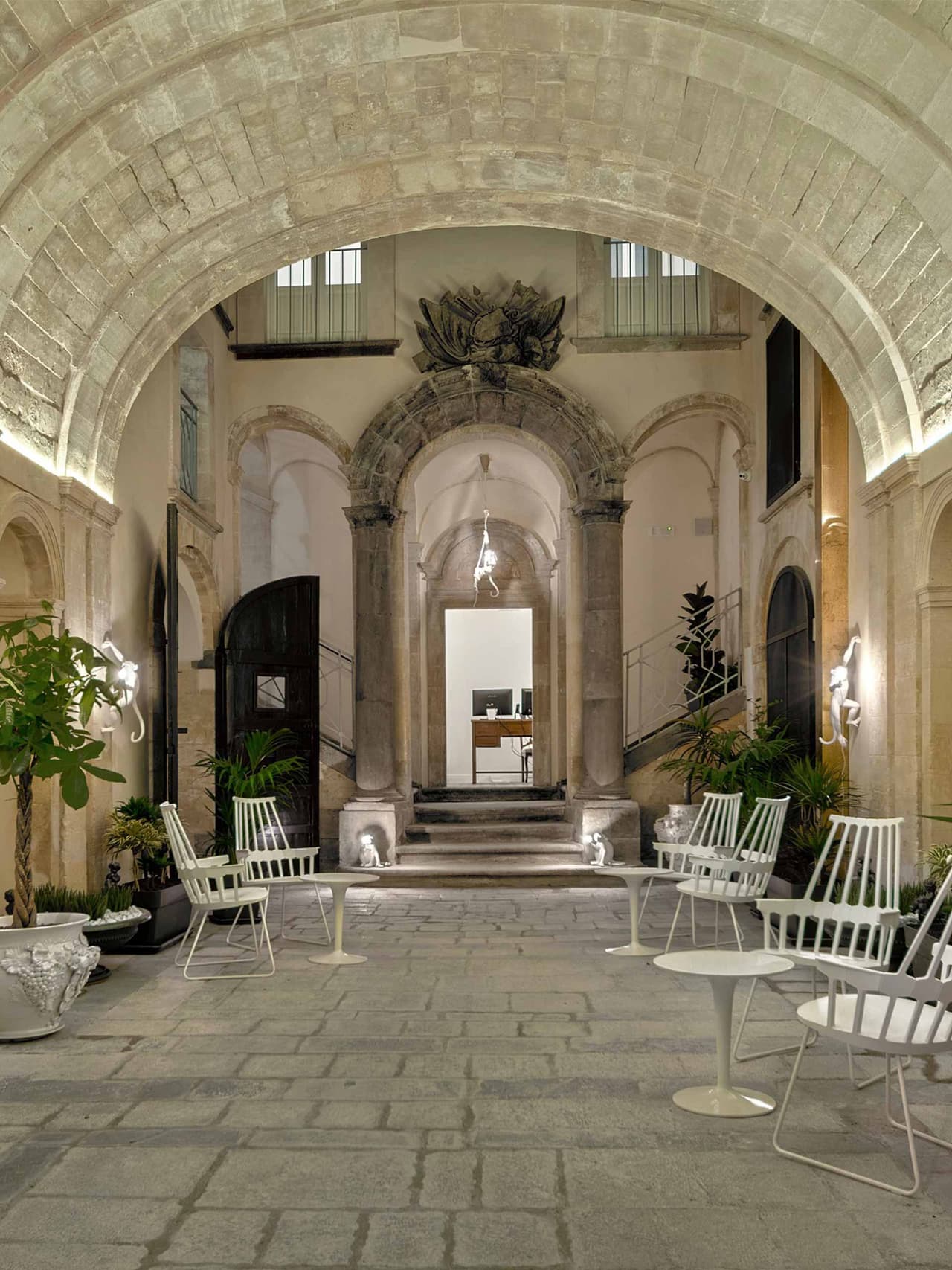
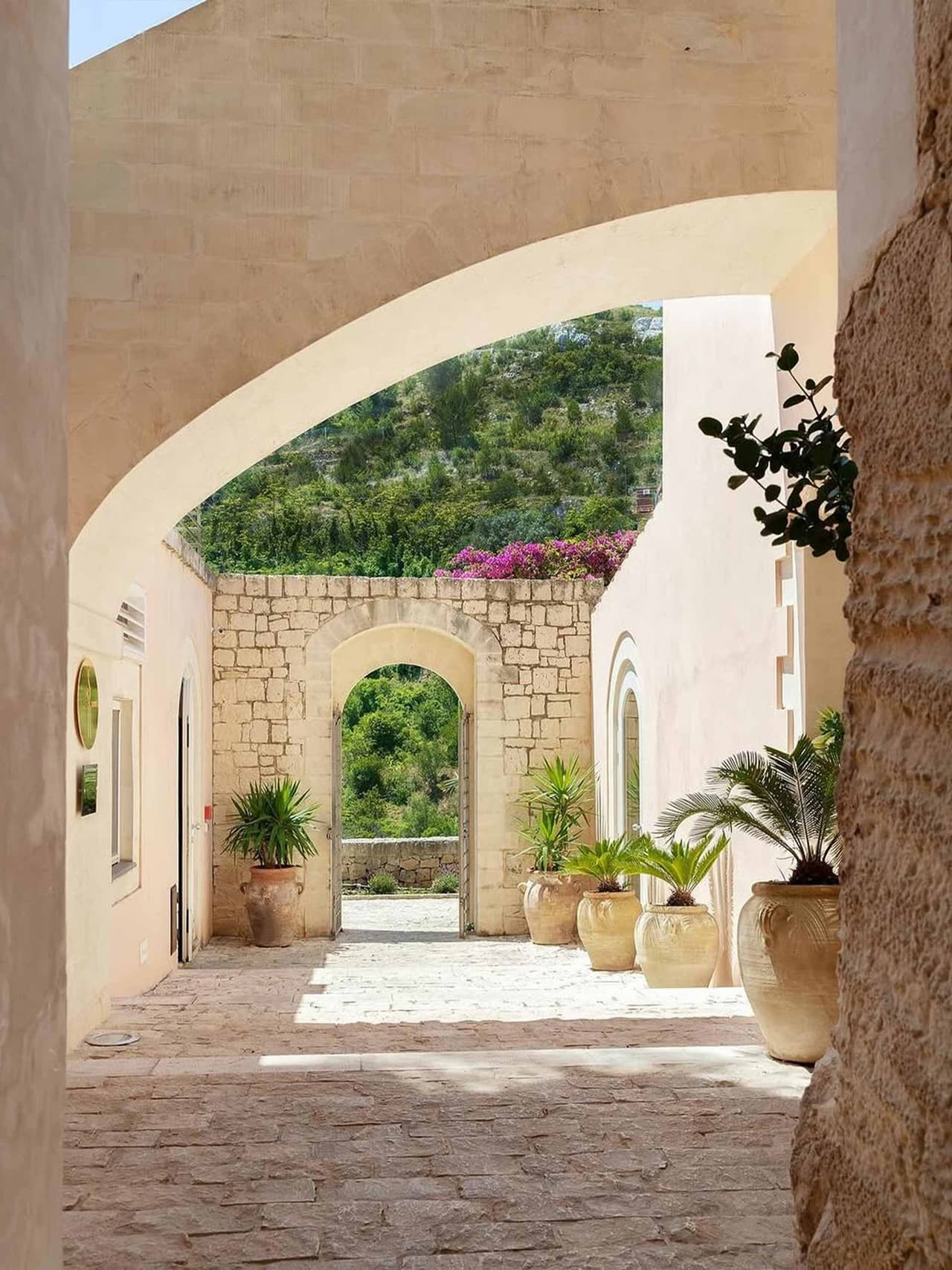
Syracuse
The thing to know about Syracuse – the beautiful seafront town – is that in peak season, it swarms with tourists from 11am onwards. Luckily, Via Emanuele De Benedictis’ food market on Ortigia (an island connected to the ancient Greek city and very much part of it) begins at 7am, and it’s worth hoiking yourself out of bed to gawp at the fresh coastal plunder. After a few hours weaving through this lively market, you’ll be thankful for the street food, including oyster stands and sandwich bars such as the legendary Caseificio Borderi. Cappuccio Pesce Fresco is where to go for a seafood lunch (if you haven’t scoffed too any lemon-doused mussels, clams and langoustines on your market scoop). Take a moment to absorb Piazza del Duomo’s buttery beauty, before strolling down the old town’s narrow streets lined with boutiques and galleries such as Chiodo for bohemian works, Circo Fortuna for irreverent ceramics, and Monica Castiglioni for structural jewellery. If it’s hot, cool off in the azure swim-spot below Forte Vigliena, then drop into Gelateria Gusto for its hazelnut or pistachio gelato. Hotels in Syracuse tend to sit at the grand Americanised scale or be more B&B, but Ortigian hideaway The Thinking Traveller hits the sweet spot, with its seafront roof terrace overlooking the bustle below.
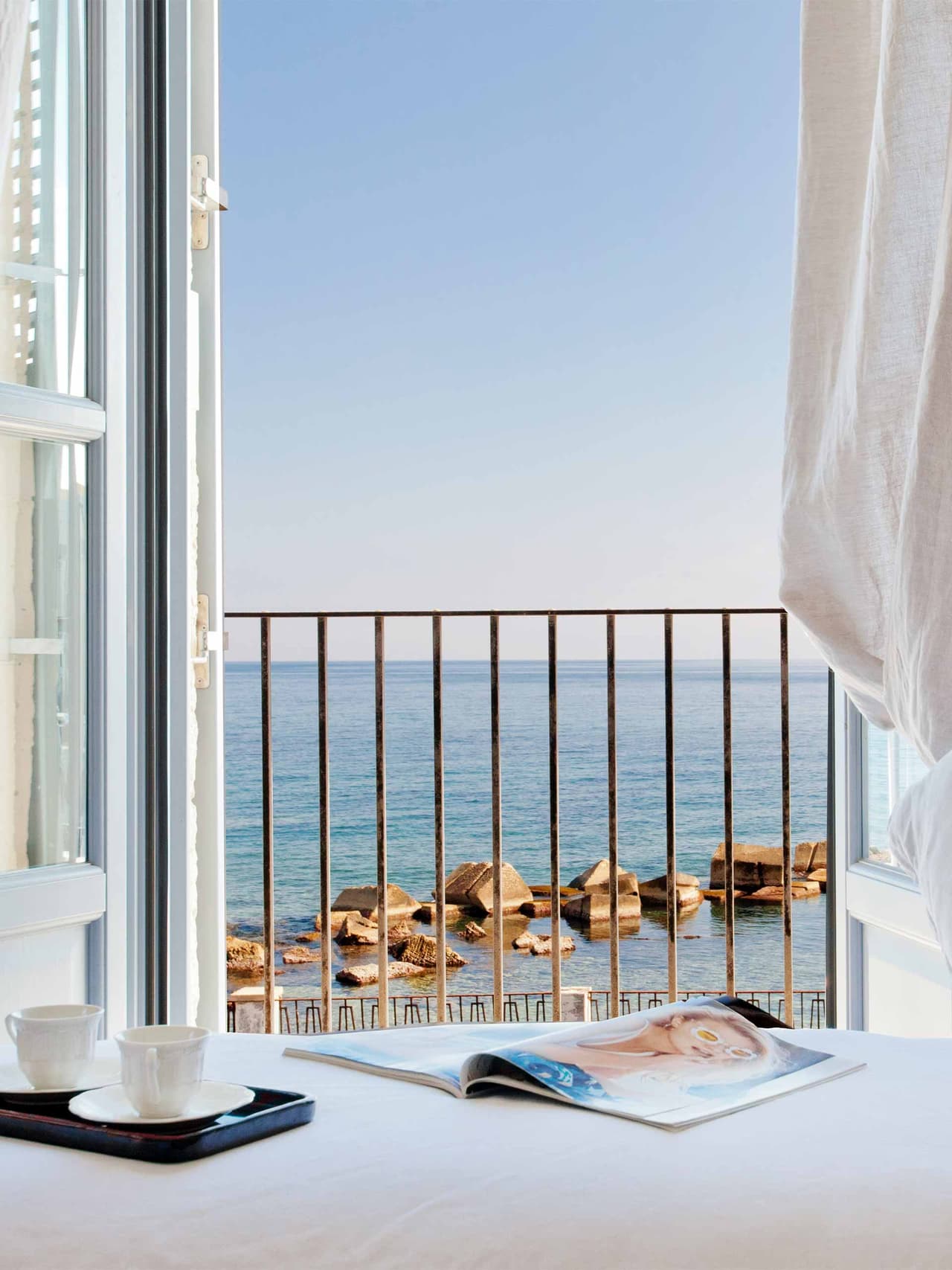
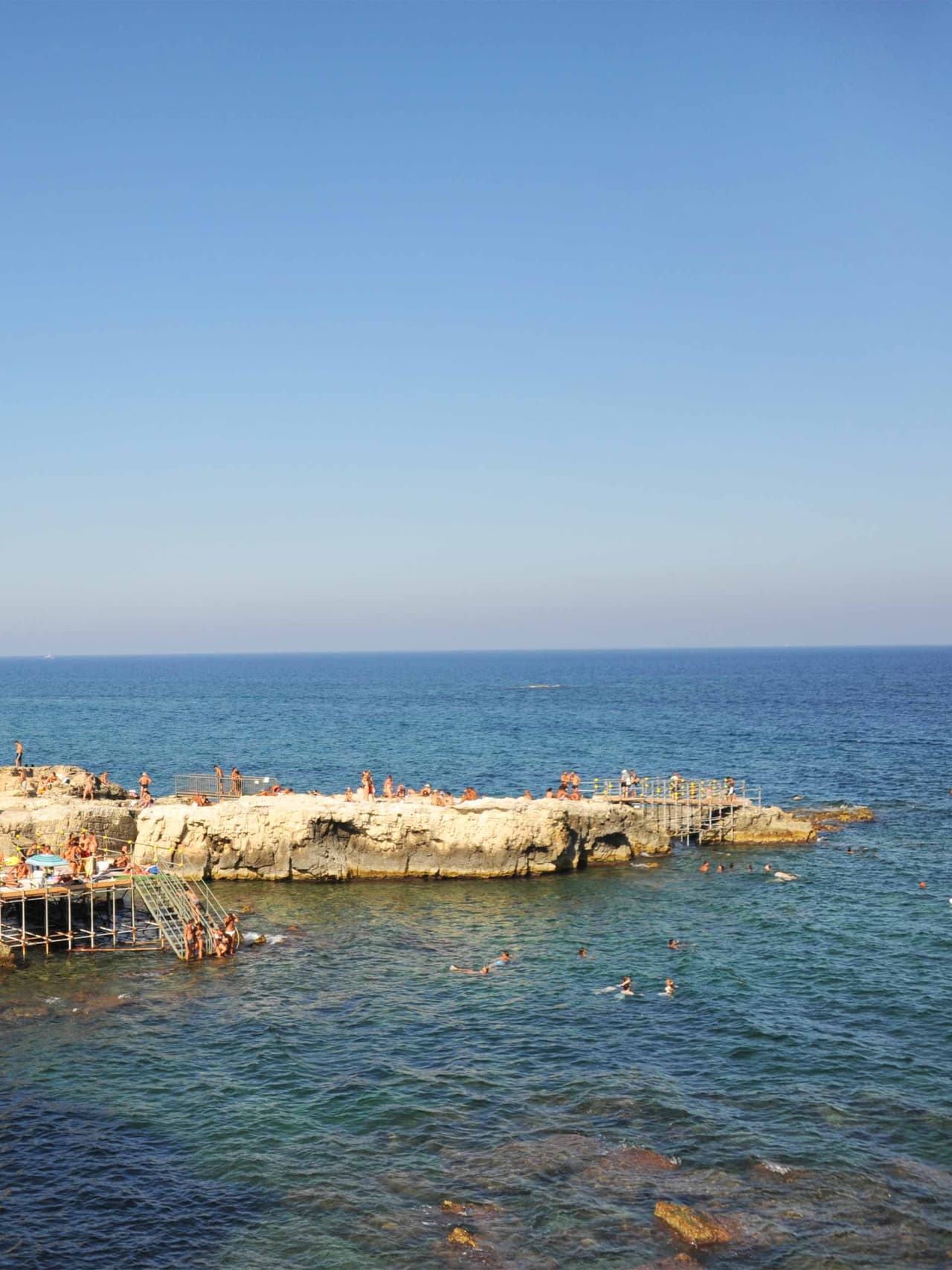
Scicli
The smallest Baroque town of Scicli is perfectly positioned a mere ten minutes from Sampiere’s sandy beach – providing the ultimate town/beach combination for a day trip. Should you wish to stop a little longer, San Bartolomeo Casa e Putia is a charming guesthouse with rooms peering over its namesake church and the owner’s antiques shop set just below. Of all the Baroque towns, Scicli feels the most Sicilian. Book a cannoli-making session at Cannolia on San Bartolomeo’s square, then explore its pocket-sized boutiques (noting Sicilian siesta law – shops will close after lunch until 4ish). Enjoy lunch at My Name is Tannino – a wine bar with terraces suspended over the canal – and head to Ummara for a traditional Sicilian dinner. For a dose of late Baroque architecture, stroll down Via Francesco Mormino Penna to gawp at the symmetry and splendour of it all, then take in the gargoyled edges of Palazzo Beneventano and Palazzo Spadora’s bejewelled interiors.
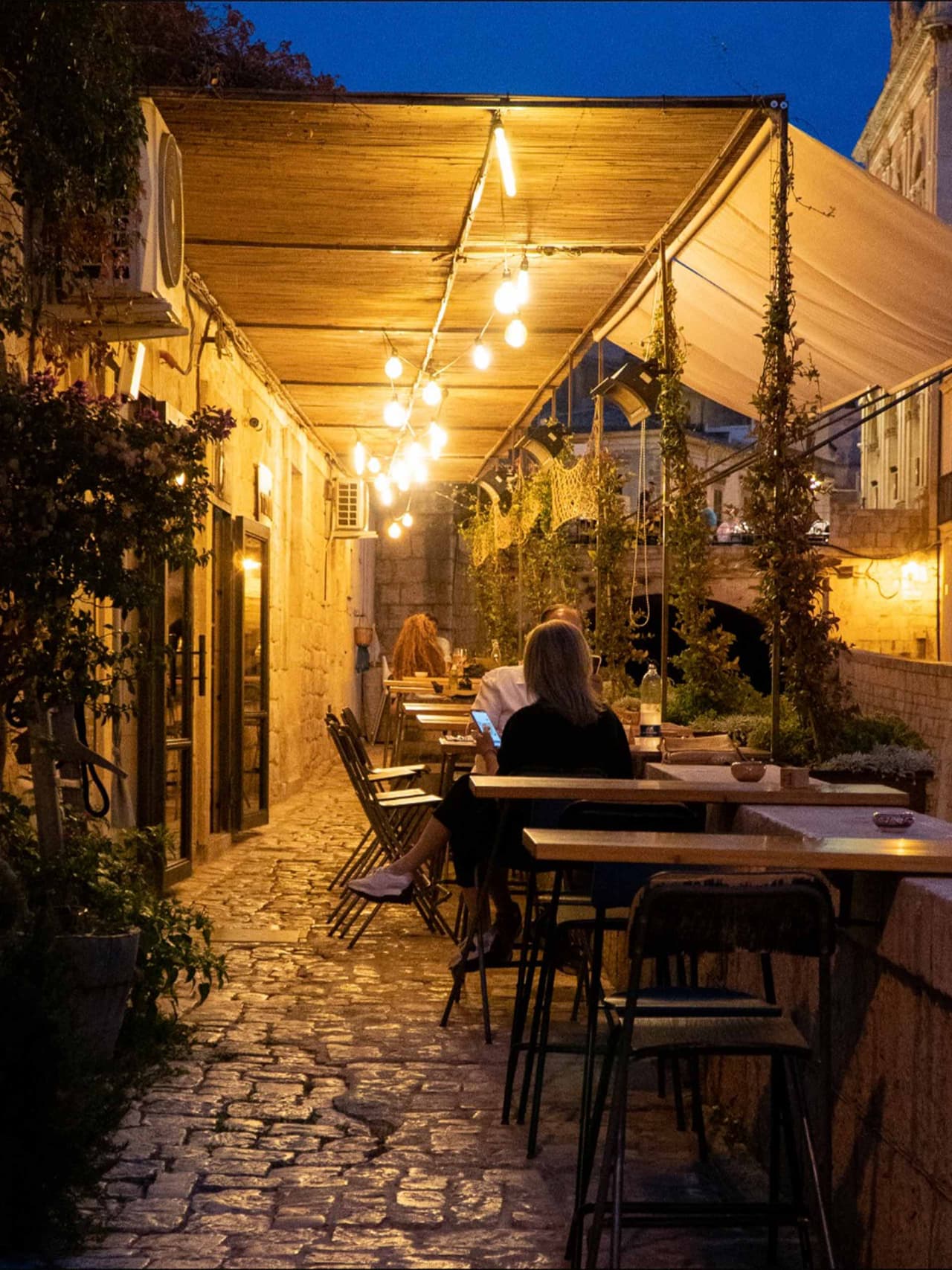
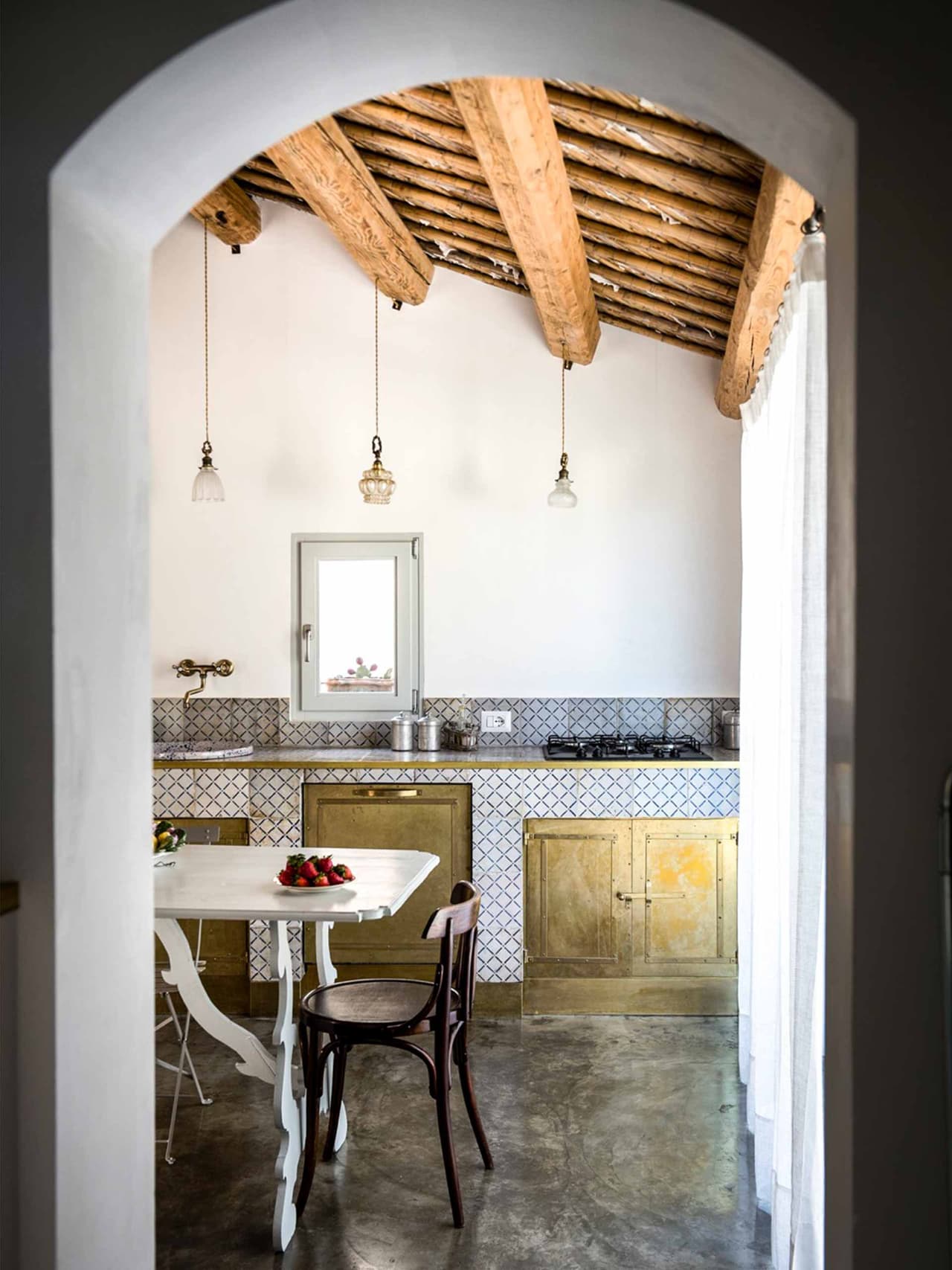
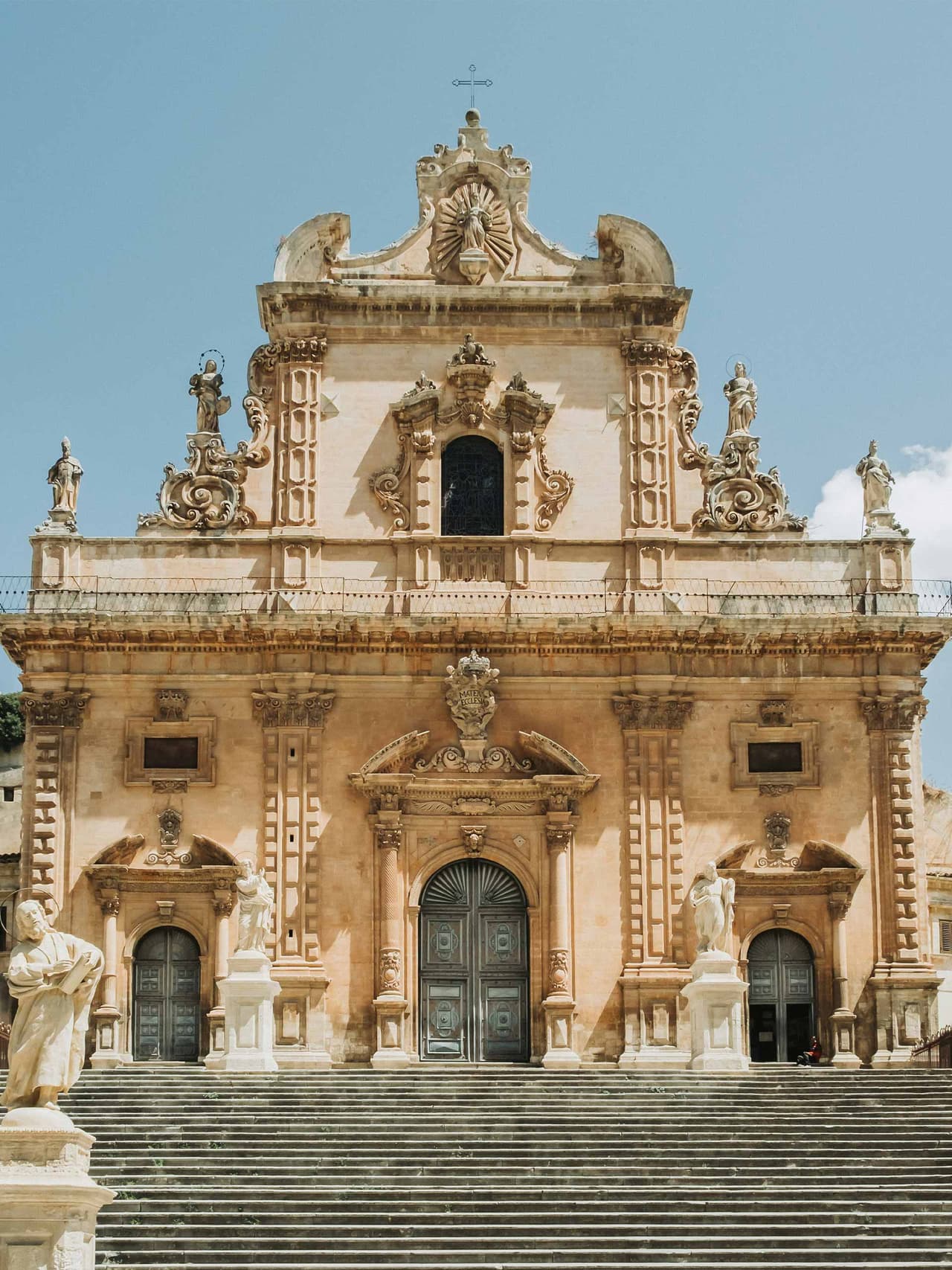
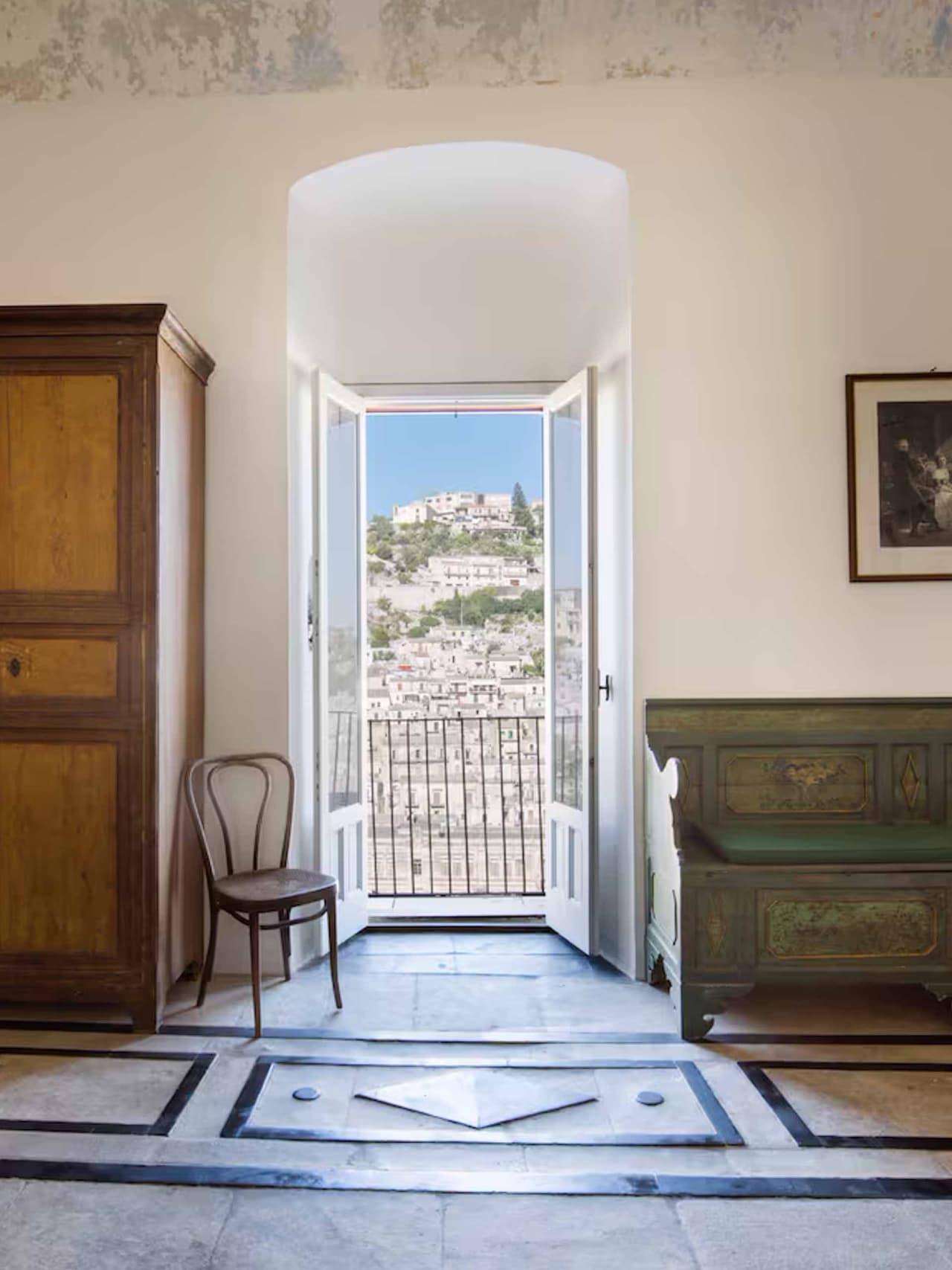
Modica
Famous for its granular, cold-pressed chocolate (a technique allegedly pilfered from the Aztecs by their Spanish conquerors), Modica is a hilly Baroque town with an abundance of churches and a striking Hyblean backdrop. Nip into Antica Pasticceria Bonajuto on Corso Umberto to glimpse the chocolatiers crafting bars laced with nuts and spices, then nab a few to take home (or munch on the little train that takes tourists round the city – and is a superb way to get your bearings before scaling the hilly streets to the Castello dei Conti for the views). Back on Corso Umberto, visit the flamboyant Duomo di San Pietro, browse the art exhibitions at Palazzo De Leva and even pre-book tickets for a performance at Teatro Garibaldi. Bottega Sicula is a prime spot for loading up on presents; chime your trip with the monthly antique market (last Sunday of each month, except December) and you’ll find tables heaving with regalia from Sicily’s golden age – palazzo keys, chunks of fresco and other treasures. Casa Talia is a pretty B&B with sweeping views, or for more privacy, Garden House is a charming Airbnb that overlooks Modica’s honeyed haze of buildings.
